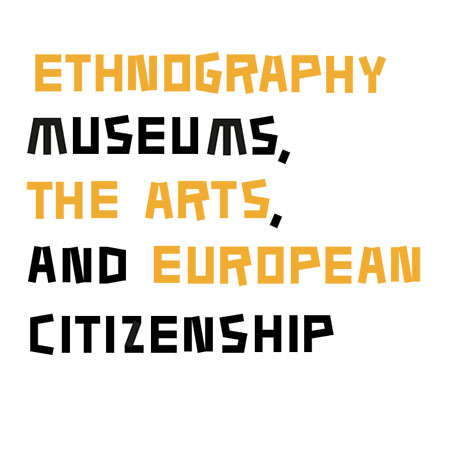Reflections based on the Workshop “Visual Arts, Performing Arts & Museums” (26, 27 May 2015 - Pigorini Museum, Rome)
Professors Schneider's and de l’Estoile’s presentations and the discussions that followed them at the Pigorini museum directly addressed - both in theory and through examples of specific strategies and actions - some of the most critical challenges that ethnography museums face in the contemporary ('aging' of collections, relative lack of relevance in a heated and conflictual European public arena, competition with ‘strongest’ leisure-time-dedicated institutions, media, and firms…) and conveyed a vital scenario where cultural anthropologists working in and for museums are actively striving to turn times of crisis into creative opportunities, with a special focus on updating museums' cultural and social mission and re-launch their role as institutions serving the intercultural education of European citizens.
Throughout the rich discussion, our times appeared as ones of active experimentation and dialogue in the making, where anthropology museum and heritage scholars and professionals call on interdisciplinary dialogue and collaborations to allow for the most advanced contemporary critical anthropology to reach beyond university halls, serve the interest of publics, and engage the latter in reflections on the relations between heritage, citizenship and future societies.
The fluid and vital scape of art/anthropology relations especially animates museum halls. It does so in a myriad of ways, for the composition and organization of such relations, their aims and underlying meanings are interpreted by a variety of actors in as many different ways. Artists may be called to enrich museum communication, add provocative insights to exhibited artifacts, function as cultural advisors, create original exhibition material, design strategies to engage visitors on multiple sensory levels... There apparently is no end to the list of possible reasons, forms, contexts, and aims of such collaborations as there seems to be no end to the list of different meanings that both cultural anthropologists and artists assign to their ‘jobs’.
There is no real need for the list to be closed. Collaborations with artists may also fruitfully support projects of investigation and communication of trans-cultural and micro-cultural aesthetics so as to contribute to expanding the very definition of art and making a larger array of tools and poetics available to all. A trans-cultural aesthetics project should well be served by cultural anthropology's mission to 'translate', in this case, what risks to appear at first, to the 'Western' eye, unpleasant, 'ugly', or simply opaque.
As with other projects, in the ethnography museum context, one ‘simply’ needs to do her best in clearly communicating strategy, mission and the what, who, and why that lie behind exhibitions, as the question also pertains to the crucial and ever-problematic issue of power relations in cultural representation.
